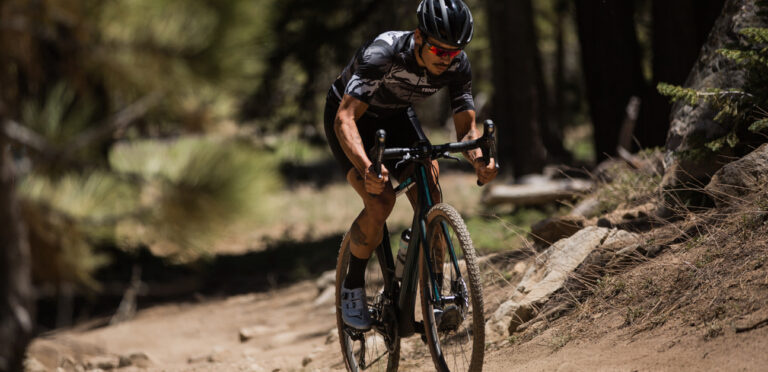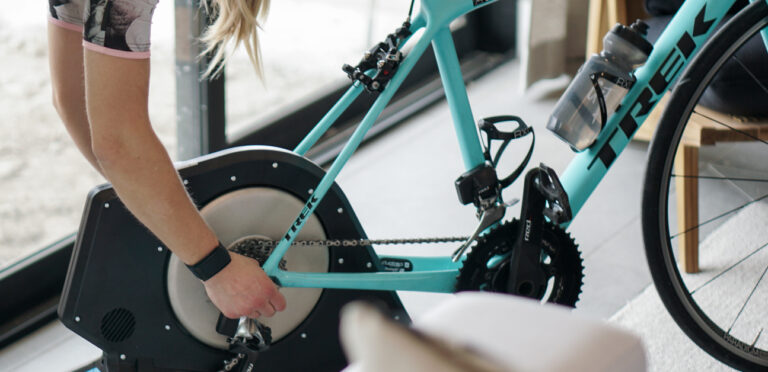The aerobic energy system is the most important way a cyclist’s body utilizes energy. How does it work and how can you train it?


The aerobic energy system is the most important way a cyclist’s body utilizes energy. How does it work and how can you train it?

Getting faster doesn’t always mean massive weekly training stress. This can be true in many cases, but improving fitness is mostly dependent on the types of stress, when you apply it, and how well you manage it.

Caffeine is the world’s most popular drug, and is closely associated with cycling culture. Should you be incorporating caffeine into your training in a more deliberate way?

MTB World Champion Kate Courtney joins the podcast to give you the insights to what it takes to be a World Champion including how she builds resilience through mental training, why she uses strength training to get faster, her recovery, nutrition and more in Episode 272 of The Ask a Cycling Coach Podcast.

Energy production and management are the core of endurance sports. Your body has three main energy systems that enable you to put power to the pedals—aerobic, anaerobic, and neuromuscular. In this introduction to the different energy systems, we’ll cover how they produce energy, how they are different, and why they are essential.

Indoor training is productive and efficient. It can also be intimidating, but it doesn’t have to be. Improve your indoor ride with these easy tips from experienced riders.

Events are cancelled, and athletes are wondering whether to continue their training plans or restart base. With consistency, this season can have long term benefits either way.

Training specificity might seem to imply that long events require long training rides, but energy systems are more important than duration or TSS.

No one’s body is the same, and every athlete faces physical challenges. For triathlete Zach Josie, dwarfism is just an obstacle to overcome.

Interval training is the best way to become a faster cyclist. By selectively training specific energy systems, you can make the most of your training time. With so many types of intervals, choosing what to do can be a bit overwhelming. In this article, we’ll cover the ins and outs of interval training.